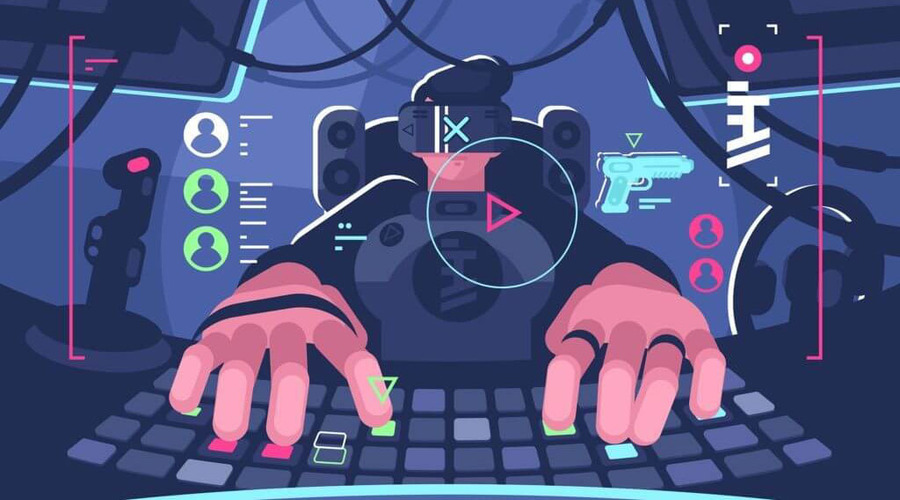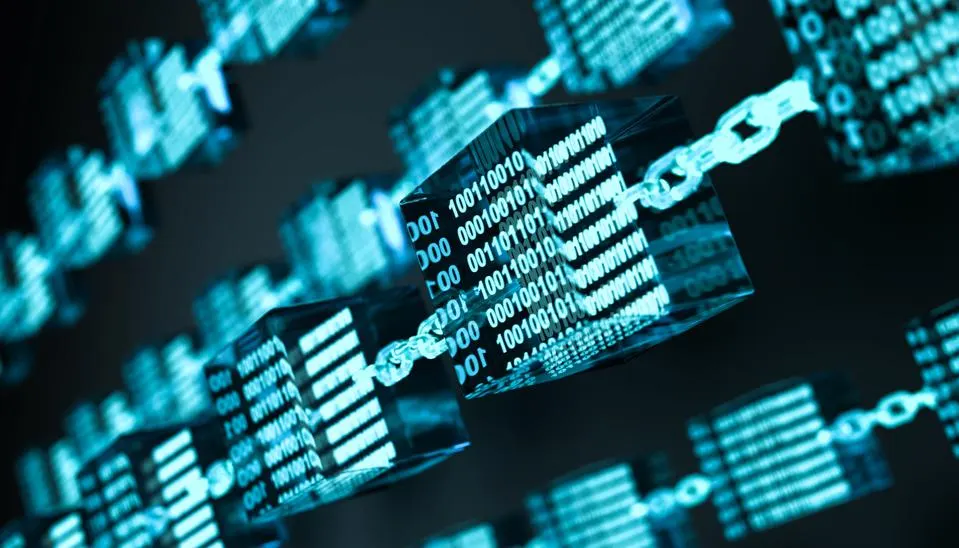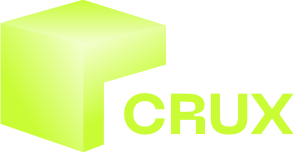
The Impact of Blockchain on Game Development and Distribution
- summy Morphe
- May 23, 2023
- Blockchain
- Blockchain, Distribution, Game Development
- 0 Comments
Blockchain technology has been making waves across various industries, and one area where its potential is particularly significant is game development and distribution. In this article, we will explore the impact of blockchain on the gaming industry, from revolutionizing game development to enhancing security and creating new economies.
Introduction
The gaming industry has witnessed tremendous growth in recent years, with millions of players engaging in various forms of gaming. However, traditional game development and distribution models come with their fair share of challenges, such as centralized ownership, security concerns, and limited economic opportunities for players. This is where blockchain technology comes into play, offering innovative solutions to address these issues and revolutionize the gaming landscape.
Understanding Blockchain Technology

What is blockchain?
Blockchain is a decentralized and distributed digital ledger that records transactions across multiple computers. It operates on the principles of transparency, security, and immutability, making it a reliable and tamper-proof system.
How does blockchain work?
In a blockchain network, transactions are grouped into blocks, which are then added to a chain of previous blocks, forming a chronological record. Each block contains a cryptographic hash, linking it to the previous block, ensuring the integrity of the data. This decentralized nature eliminates the need for intermediaries, allowing for peer-to-peer interactions.
Benefits of blockchain technology
Blockchain technology offers several benefits that are highly relevant to game development and distribution. These include:
- Transparency: Blockchain provides a transparent and auditable record of all transactions, allowing players and developers to verify ownership and authenticity.
- Security: The decentralized nature of blockchain makes it highly secure, as altering the data would require a consensus among multiple participants.
- Immutability: Once data is recorded on the blockchain, it becomes nearly impossible to modify, ensuring the integrity of game assets and records.
- Efficiency: Blockchain streamlines processes by automating trust and reducing the need for intermediaries, resulting in faster and cost-effective transactions.
- Ownership: Blockchain enables true ownership of in-game assets by tokenizing them, allowing players to have complete control and the ability to trade or sell their assets.
Game Development and Distribution
Challenges in game development and distribution
Traditional game development and distribution models often face several challenges that hinder the growth and potential of the gaming industry. These challenges include:
- Centralized ownership: In the current model, game developers and publishers hold centralized control over game assets, limiting players’ ability to truly own and control their in-game items.
- Limited economic opportunities: Players invest significant time and money into games, but the current model offers limited avenues for them to monetize or derive economic benefits from their gaming activities.
- Lack of trust: Centralized servers and databases are vulnerable to hacking and fraud, compromising player data and the overall gaming experience.
- High fees and transaction costs: Traditional payment gateways and intermediaries often charge high fees, reducing the profitability and accessibility of games.
How blockchain can revolutionize game development
Blockchain technology has the potential to revolutionize game development and distribution in various ways:
- Tokenization and Ownership: By tokenizing in-game assets on the blockchain, players gain true ownership and control over their items. They can trade or sell these assets with other players, creating a vibrant marketplace and expanding economic opportunities within games.
- Enhancing Security and Trust: Blockchain’s decentralized nature enhances security by eliminating single points of failure. It provides immutable records of transactions and prevents cheating or fraud, ensuring a fair and trustworthy gaming environment.
- Creating Economies and Incentives: Blockchain enables the creation of in-game economies, where players can earn tokens or rewards for their achievements. These tokens can be used to unlock special features, purchase rare items, or even converted into real-world value, offering players tangible benefits for their efforts.
- Community Engagement and Collaboration: Blockchain introduces decentralized governance models, allowing players to actively participate in decision-making processes. It also empowers players to create and contribute their own content, fostering a collaborative and engaging gaming community.
Real-World Examples
Several blockchain games and platforms have emerged, showcasing the potential of blockchain technology in game development and distribution. Some notable examples include:
- CryptoKitties: CryptoKitties, one of the earliest blockchain games, allows players to collect, breed, and trade digital cats. Each cat is represented as a unique non-fungible token (NFT), which can be bought, sold, or bred with other cats. CryptoKitties demonstrated the concept of tokenizing digital assets and sparked widespread interest in blockchain gaming.
- Decentraland: Decentraland is a virtual reality platform built on the Ethereum blockchain. It allows users to buy, sell, and develop virtual land and assets. Users have complete ownership and control over their virtual assets, creating a decentralized metaverse where players can interact and collaborate.
Challenges and Limitations
While blockchain technology brings promising solutions, it also faces challenges and limitations that need to be addressed for widespread adoption:
- Scalability issues: Blockchain networks currently face scalability challenges, with limited transaction throughput and high fees. However, ongoing research and development are focused on improving scalability to accommodate the demands of a large-scale gaming ecosystem.
- Adoption barriers: Blockchain gaming is still in its early stages, and the average gamer might not be familiar with blockchain technology. User-friendly interfaces and seamless integration will be crucial to bridge the gap and encourage mass adoption.
The Future of Blockchain in Game Development
The future of game development and distribution looks promising with the integration of blockchain technology. As scalability improves and user-friendly interfaces are developed, blockchain has the potential to transform the gaming industry by offering true ownership, secure transactions, and vibrant in-game economies. It opens up new possibilities for developers and players alike, revolutionizing the way we play and engage with games.
Tokenization and Ownership
Tokenizing in-game assets
Blockchain technology enables the tokenization of in-game assets, transforming them into unique digital tokens. These tokens, often represented as non-fungible tokens (NFTs), carry specific attributes and ownership information. By tokenizing assets, game developers can create a digital ecosystem where players have true ownership and control over their items. This ownership extends beyond the game itself, allowing players to trade, sell, or transfer their assets on blockchain-based marketplaces.
Tokenization opens up new possibilities for players to monetize their gaming experiences. Rare and valuable in-game items can acquire significant real-world value, attracting collectors and enthusiasts. It also fosters a sense of ownership and pride among players, as they have tangible digital assets that hold value within and beyond the game environment.
Decentralized ownership and trading
Blockchain technology introduces decentralized ownership and trading mechanisms for in-game assets. Instead of relying on a centralized authority, ownership records are stored on the blockchain, accessible to all participants. This transparency ensures trust and eliminates disputes over ownership.
Furthermore, blockchain facilitates peer-to-peer trading of assets through smart contracts. Smart contracts are self-executing agreements that automatically transfer ownership when predefined conditions are met. This decentralized approach empowers players to engage in secure and direct asset exchanges, eliminating the need for intermediaries.
Enhancing Security and Trust
Immutable game records
One of the significant advantages of blockchain technology in game development is the creation of immutable game records. Traditional game servers can be vulnerable to attacks and manipulation, resulting in unfair gameplay and compromised data. In contrast, blockchain’s decentralized and tamper-resistant nature ensures that game records are transparent, secure, and virtually impossible to alter retrospectively.
By leveraging blockchain, game developers can create a secure and trustworthy gaming environment where player achievements, scores, and other crucial data are securely stored. Players can confidently engage in competitive gameplay, knowing that their records are accurate and cannot be manipulated.
Preventing cheating and fraud
Cheating and fraud have been persistent issues in the gaming industry. Players resort to hacks, cheats, and exploits, compromising the integrity of the game and spoiling the experience for others. Blockchain technology offers innovative solutions to combat cheating and fraud.
Through the use of blockchain, game developers can implement decentralized consensus mechanisms that prevent unauthorized modifications to the game’s code and rules. This ensures a level playing field and discourages cheating attempts.
Additionally, blockchain’s transparency enables the community to actively monitor and report suspicious activities. Since all transactions and interactions are recorded on the blockchain, players can identify and report any fraudulent behavior, fostering a self-regulating ecosystem.
Creating Economies and Incentives
In-game economies
Blockchain technology enables the creation of vibrant and self-sustaining in-game economies. By tokenizing in-game assets and introducing native cryptocurrencies or tokens, game developers can establish robust economic systems within their games.
Players can earn, purchase, and trade these tokens, allowing for the development of player-driven economies. This creates opportunities for specialized roles within the game, such as traders, craftsmen, or service providers. Players can engage in economic activities, accumulate wealth, and drive the growth of the in-game economy.
Furthermore, game developers can introduce scarcity and rarity to certain assets, making them highly sought after and valuable. This scarcity factor adds depth and excitement to the in-game economy, motivating players to invest time and resources in acquiring rare items.
Token rewards and incentives
Blockchain-based games can incentivize player engagement and achievements through token rewards. By completing quests, reaching milestones, or contributing to the game community, players can earn tokens that hold real-world value.
Conclusion
In conclusion, blockchain technology is poised to have a profound impact on game development and distribution. By leveraging the decentralized and transparent nature of blockchain, the gaming industry can overcome challenges related to centralized ownership, limited economic opportunities, security concerns, and trust issues. Tokenization and decentralized ownership empower players to have true ownership of in-game assets, while enhancing security and preventing cheating. The creation of in-game economies and the integration of token rewards incentivize player engagement and provide new avenues for monetization. Although there are challenges and limitations to overcome, the future of blockchain in game development looks promising, promising a more immersive, secure, and player-centric gaming experience.


